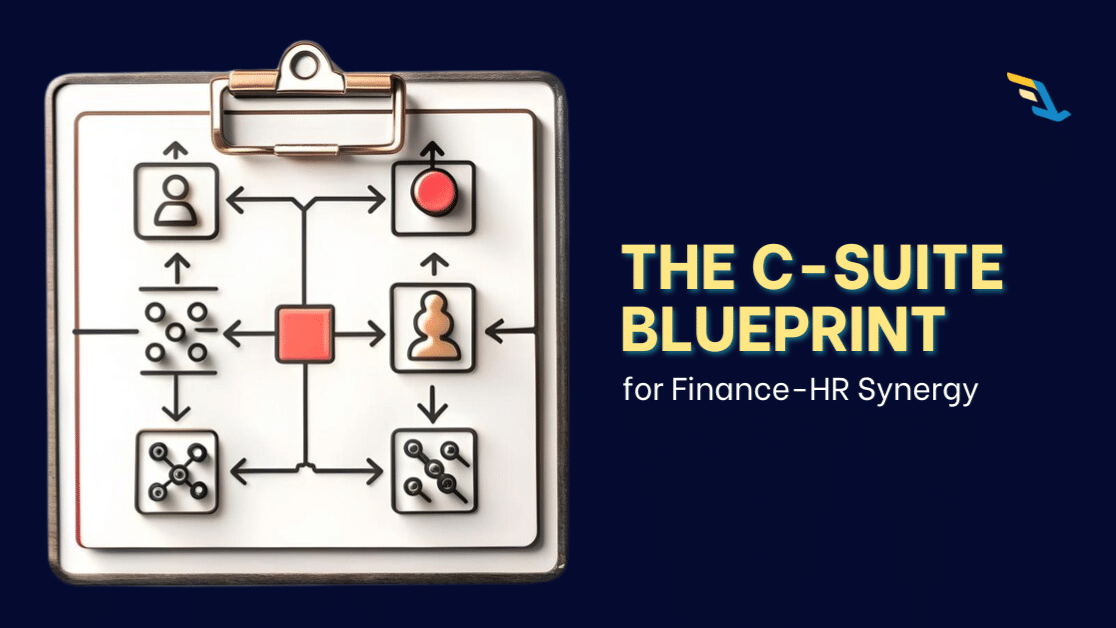
Executive Summary
On the surface, this IT services firm looked sound—700 employees, a decade in the game, and stable revenue. But by mid-year, margins stalled, bench costs soared, and discretionary spend spiked.
When the CFO and CHRO turned to KestrelPro for a cross-functional diagnostic, the results were revealing: the problem wasn’t individual department inefficiencies—it was lack of synergy between Finance and HR.
When HR and Finance Don’t Talk, Strategy Suffers
In most organizations, Finance and HR operate in silos. Finance focuses on budgets, revenue, and resource allocation. HR oversees hiring, retention, and workforce strategy. Yet, the workforce is often the largest expense—and greatest lever—on the balance sheet.
The reality? Without collaboration, both functions miss critical opportunities to drive profitability.
What KestrelPro Uncovered?
- $290,000 wasted annually on unused and duplicate licenses
- High-volume hiring in teams with <65% billability
- Attrition patterns overlooked until too late
- Contradictory performance signals from disconnected HR and Finance systems
- Misaligned payroll to actual project contribution
What Strategic Collaboration Looks Like?
With KestrelPro, Finance and HR leaders gained a single source of truth—unifying their data, decisions, and direction.
1. Integrated Financial & Workforce Intelligence
Combined dashboards provided real-time visibility into cost-to-contribution ratios, resource allocation, utilization, hiring ROI, and revenue alignment.
2. Predictive Risk Management
Bench and attrition risk can be predicted based on data before they impacted client delivery or morale.
3. Governance-Driven Decision Making
Every resource decision—from new hires to tool purchases—was evaluated through resource allocation and utilization reports.
4. Smart Invoicing
The real-time notifications about raising invoices based on right project timelines helped in reducing the risk of missed invoices.
Why This Shift Matters?
To unlock maximum business value, HR needs financial fluency. Finance must understand workforce metrics. Here’s how that alignment works –
Financial Literacy for HR
When HR understands financials—budget variances, cost-benefit analyses—they better contribute to strategic decisions.
Workforce Metrics for Finance
When Finance understands HR metrics—turnover, compensation benchmarks—they can forecast labor costs and talent investment more accurately.
Leveraging Predictive Overlap
Blending HR and Finance data refines forecasting, drives smarter planning, and aligns hiring with revenue projections.
Impact
- Savings across software, hiring, and payroll
- Non-performing teams identified and restructured
- Reduction in internal strategy meetings
- Real-time planning now linked directly to P&L forecasts
Final Word: The Strategic Edge
CFOs and CHROs don’t just manage costs—they shape the organization’s future. When they operate in synch, they move from administrative oversight to strategic acceleration.
KestrelPro empowers this transition, enabling smarter decisions, unified governance, and outcomes that actually move the needle.
Ready to explore how Finance and HR can work smarter—together? Schedule a walkthrough: www.kestrelpro.ai